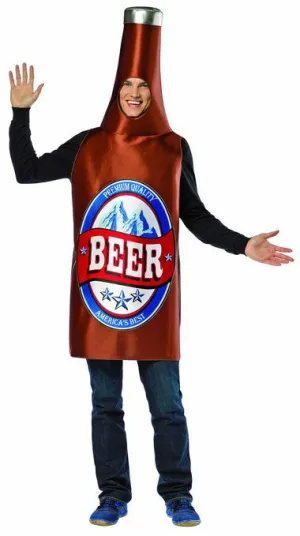Original Item: Only One Available. The National Socialist Motor Corps (NSKK) was a paramilitary organization of the NSDAP that officially existed from May 1931 to 1945. The group was a successor organisation to the older National Socialist Automobile Corps (NSAK), which had existed since April 1930.
The NSKK served as a training organization, mainly instructing members in the operation and maintenance of high-performance motorcycles and automobiles. The NSKK was further used to transport NSDAP and SA officials/members. The NSKK also served as a roadside assistance group in the mid-1930s, comparable to the modern-day American Automobile Association or the British Automobile Association. The outbreak of World War II in Europe caused the NSKK ranks to be recruited to serve in the transport corps of various German military branches. There was also a French section of the NSKK, which was organized after the German occupation of France began in 1940. The NSKK was the smallest of the NSDAP Party organizations.
Originally part of the SA, members of the NSKK originally wore the same "Brown Shirt" tunics and uniforms of that organization. After becoming an independent organization, they began wearing the NSKK-Feldbluse service tunic, which were much more similar to the standard military uniform.
This excellent condition NSKK Service Tunic belonged to a Scharführer (Squad Leader) with Motorsturm 1 of the Motorstandarte 149. It is made from olive brown wool, with a dark brown collar and standard buttoned cuffs on the end of the sleeves. It features a 4 button front closure and four pleated pockets on the front with scalloped flaps. The closure buttons are non-magnetic, while the pocket buttons are, and all are sewn directly to the fabric of the uniform. They all look to originally have had aluminized paint on the front, which is retained to a varying degree.
The interior of the tunic is mostly unliked, except for tan twill canvas used to reinforce the areas around the sleeves, sides, and front closure. There is also the same material lining the upper third of the back, and the lower right front has the standard bandage pocket as seen on military uniforms. There are also the straps with eyelets on either side for the attachment of hooks to keep the service belt in place. The left side strap still bears its original fabric RZM tag, which is in very good shape. The tag identifies the tunic as an Feldbluse NSKK; aus Tuch (NSKK Cloth Tunic), and features the ((RZM)) logo as well as the ink stamped numerical designation of the Hersteller (manufacturer) D5 / 738 over lot number 033763.
The right shoulder of the tunic features a stitched in black and silver “checkered” NCO schulterklappe (shoulder strap), which is in great shape and features Schwarz (black) piping around the exterior, with an olive green base and paper RZM tag. The NSKK retained the district colors from the SA, and Black could be either the Niederrhein Group (northern part of Rhine Province) or the Berlin-Brandenburg Group (Berlin and western part of Brandenburg).
The kragenpatten (collar tabs) remain fully stitched on with most devices still properly attached, and are the correct black color with silver insignia. After separating from the SA the NSKK did away with the district colors on the collar insignia. The right collar tab is the unit tab, and 1 / M149 indicates the 1st Motorsturm (company), 149th Motorstandarte (Regiment). The "slash" marking has had the retaining tab on one end break off. The left collar tab has a single rank "pips with no other devices, for the Junior NCO rank of NSKK-Scharführer (Squad Leader), equivalent to a German Army Unteroffizier (Sergeant).
The tunic has the correct insignia for member of the NSKK, including a high end wool and rayon multi-piece NSDAP / SA armelbinde (armband) on the left sleeve, with an intact RZM tag on the interior. Lower down on the sleeve is a 2nd Pattern aluminum bullion machine embroidered NSKK drivers diamond insignia. The right sleeve features a Bevo aluminum bullion embroidered NSKK Ärmelabzeichen (Sleeve Insignia), indicating pre-1939 issue, when this badge was moved to the left sleeve. Above this is an NSKK Traffic Education Service aluminum badge, showing the NSKK Eagle over VERKEHRSERZIEHUNGSDIENST. It is correctly sewn to the sleeve through the holes on the corners.
Additionally, the right breast of the uniform has an NSDAP Membership Pin, and above the pocket is a two award ribbon bar for the 1914 Iron Cross and Honor Cross of the World War 1914/1918 with Swords, indicating that the owner was a WWI combat veteran.
Overall condition is truly excellent, with no mothing, tearing, or other damage. It shows very little sign of use, and the only issue we can see is that there is a bit of pulling on some of the insignia, and the previous mentioned issue with the slash pin on the right collar tab.
Comes more than ready to display!
Approximate Measurements
Collar to shoulder: 9"
Shoulder to sleeve: 25”
Shoulder to shoulder: 14”
Chest width: 18”
Waist width: 18"
Hip width: 21”
Front length: 28"
History of the NSKK
The National Socialist Motor Corps (NSKK) was a successor organization to the older National Socialist Automobile Corps (NSAK), which had existed since being formed on 1 April 1930. Legends about the actual emergence of the NSKK go back as far as 1922, when the publisher of the Völkischer Beobachter (People's Observer) and founding member of the German Workers' Party (DAP), Dietrich Eckart, allegedly purchased trucks so the SA could perform their missions and transport propaganda materials. Martin Bormann founded the NSAK, which itself was the successor to the SA Motor Squadrons (Kraftfahrstaffeln). AH made the NSAK an official NSDAP organization on 1 April 1930. The NSAK was responsible for coordinating the use of donated motor vehicles belonging to party members, and later expanded to training members in automotive skills. Adolf Hühnlein was appointed Korpsführer (Corps Leader) of the NSAK, which was to serve primarily as a motorized corps of the Sturmabteilung (SA). Hühnlein became the organization's "nucleus".
The organization's name was changed to the National Socialist Motor Corps (Nationalsozialistisches Kraftfahrkorps; NSKK), becoming official on 1 May 1931. It was essentially a paramilitary organization with its own system of paramilitary ranks and the smallest of the NSDAP organizations. Despite its relatively smaller size, when the NSDAP celebrated Braunschweiger SA-day on 18 October 1931, the NSKK had upwards of 5,000 vehicles at its disposal to move men and materials.
The primary aim of the NSKK was to educate its members in motoring skills or what was called "fitness in motoring skills" (Motorische Ertüchtigung), but it also transported NSDAP and SA officials. In the mid-1930s, the NSKK also served as a roadside assistance group, comparable to the modern-day American Automobile Association or the British Automobile Association.
Membership in the NSKK did not require any prior knowledge of automobiles. It was thought that training in the NSKK would make up for any previous lack of knowledge. Under the guidance of the police, numerous NSKK men were stationed at traffic junctions and trained in traffic control.
On 20 July 1934, weeks after the major purge of the SA in what became known as the Night of the Long Knives, the NSKK was separated and promoted into an independent NSDAP organization. From 1935 onward, the NSKK also provided training for Panzer crews and drivers of the Heer (German Army). The NSKK had two sub-branches within the organization known as the Motor-HJ (Motor-HJ Motor-HJ) and Naval NSKK (Marine-NSKK). The Motor-HJ branch was formed by Reichsjugendführer (HJ Leader) Baldur von Schirach after he became a member of the NSKK. It operated 350 of its own vehicles for educational and training purposes. The Naval NSKK trained men in the operation and maintenance of boats.
During the 1936 Olympics in Berlin, the NSKK assumed responsibility for a variety of transport tasks, proving themselves effective at political propaganda by transporting foreign visitors around on designated tours. By 1938, NSKK members were undergoing mechanical and operational training for both civilian and military type vehicles. Over time, the training at NSKK schools became primarily focused on military related tasks. For services to the NSKK and due in part to the general success of the NSKK, Hühnlein was promoted to the position of a Reichsleiter of the NSDAP in 1938. Hühnlein was NSKK Korpsführer from 1931 until he died in 1942, when Erwin Kraus took over.




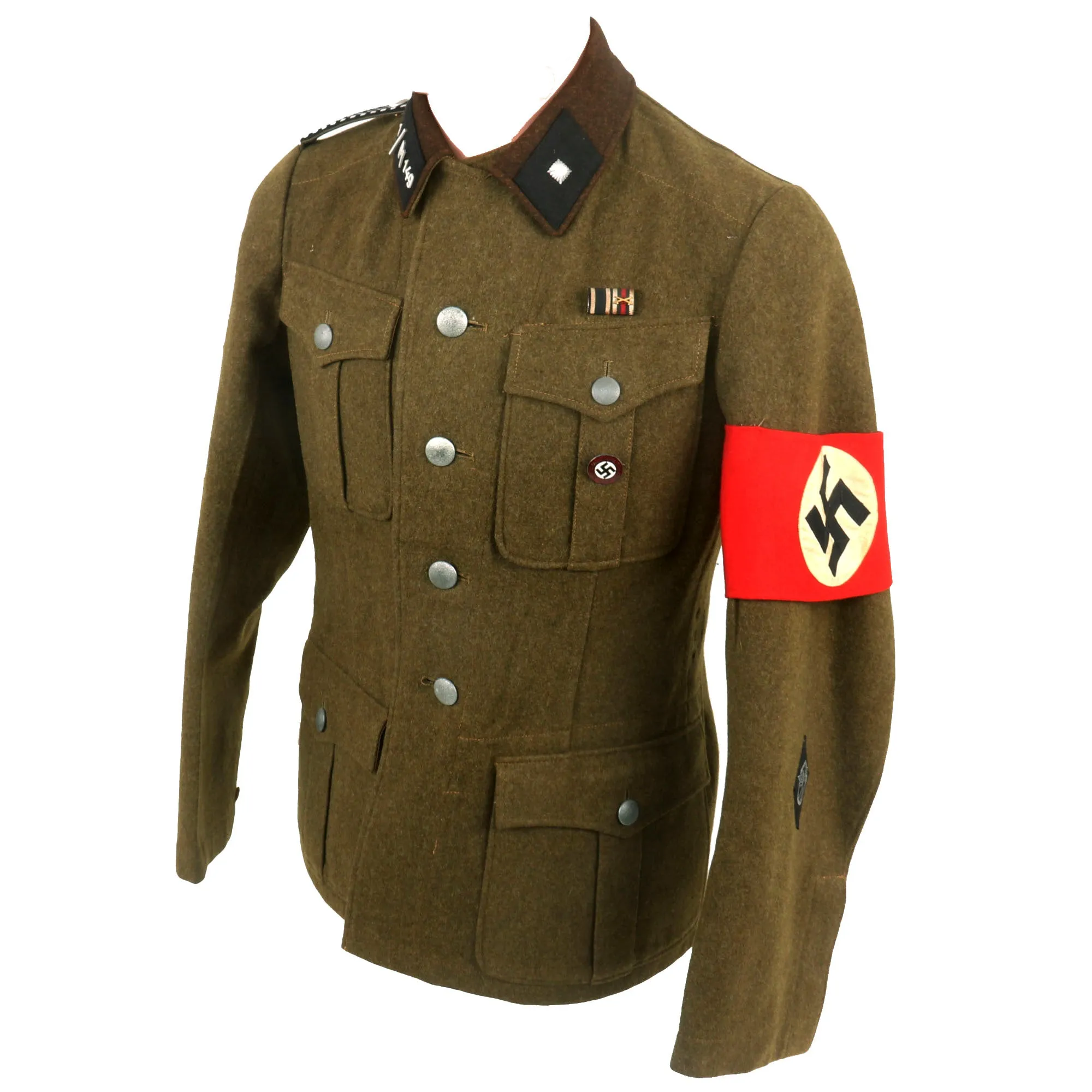
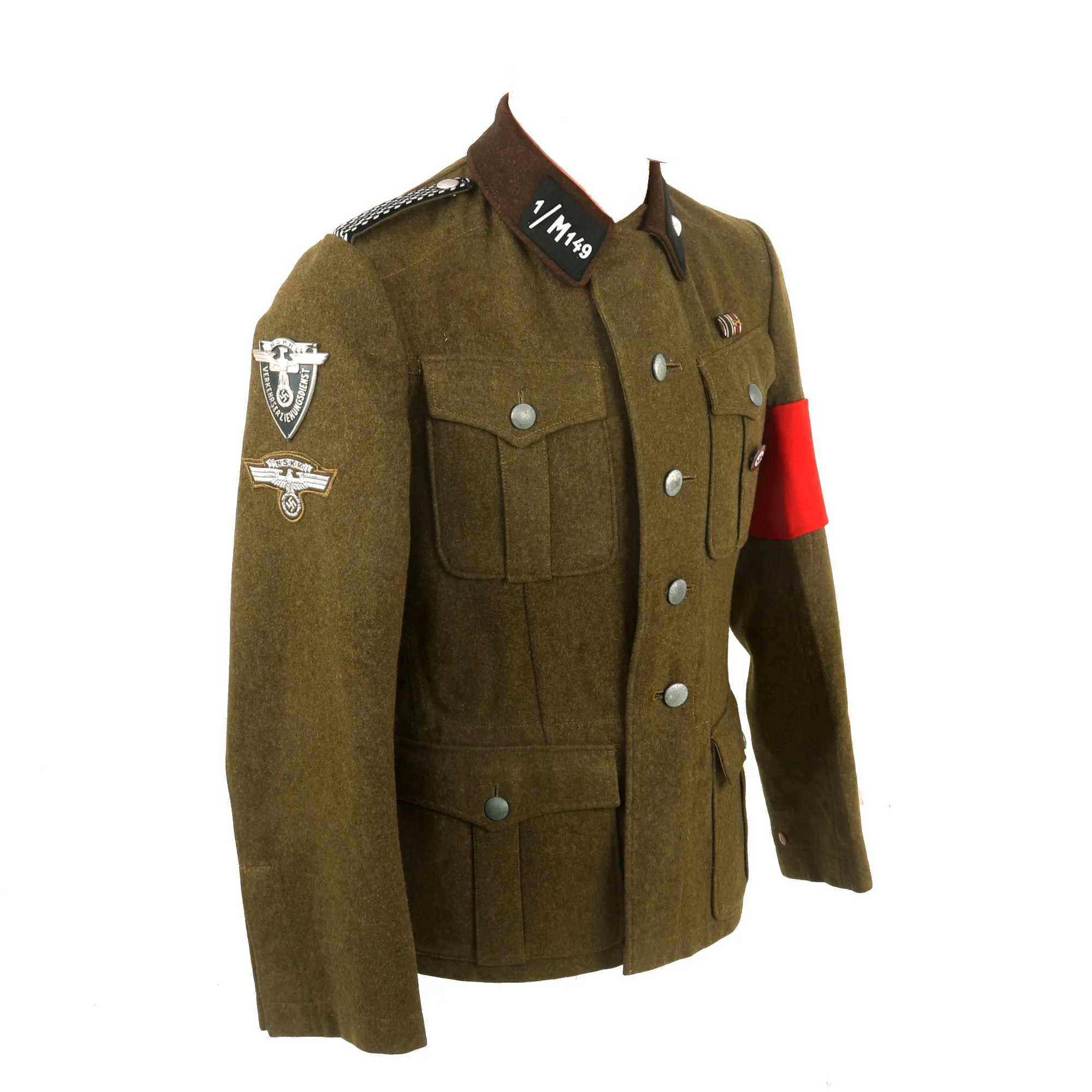
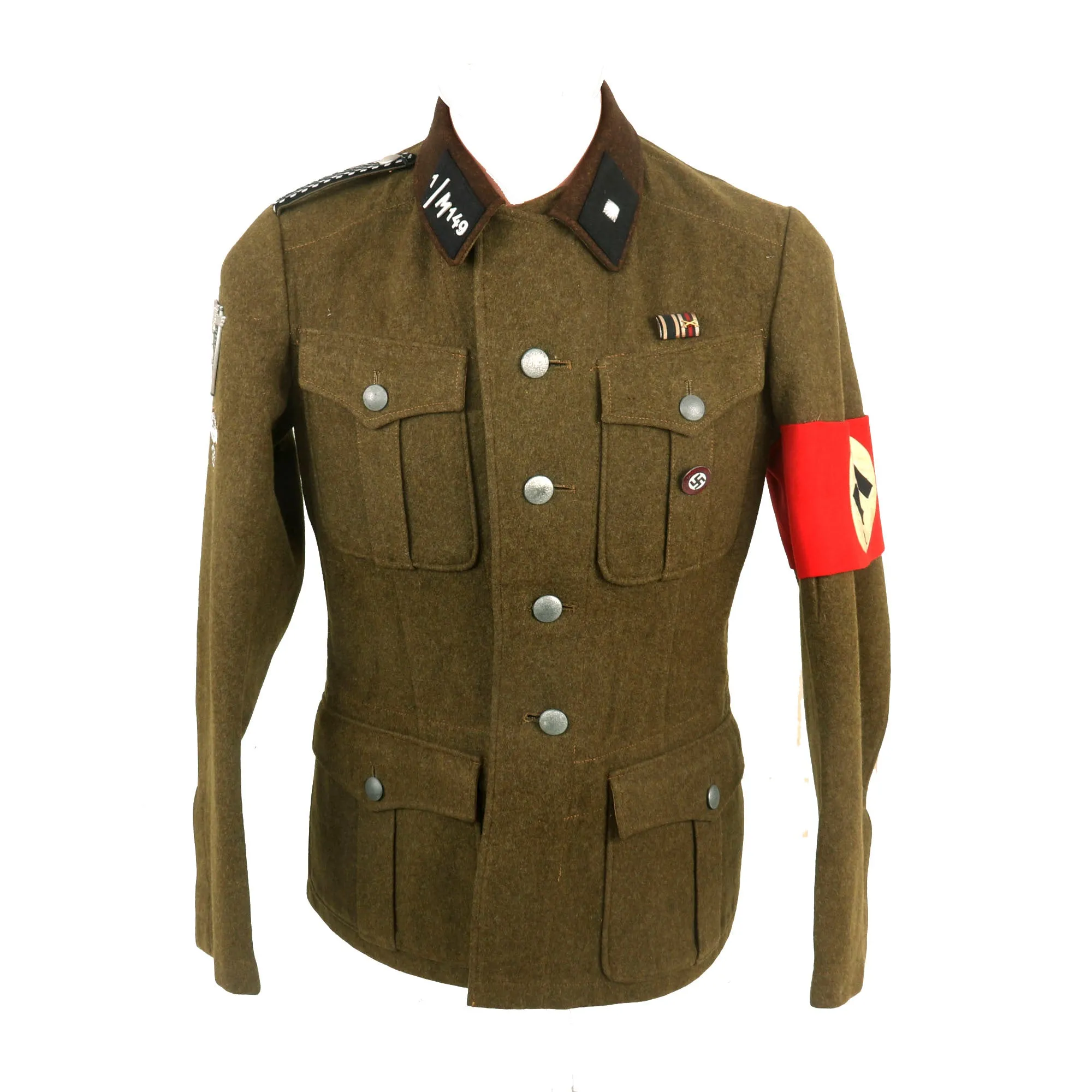
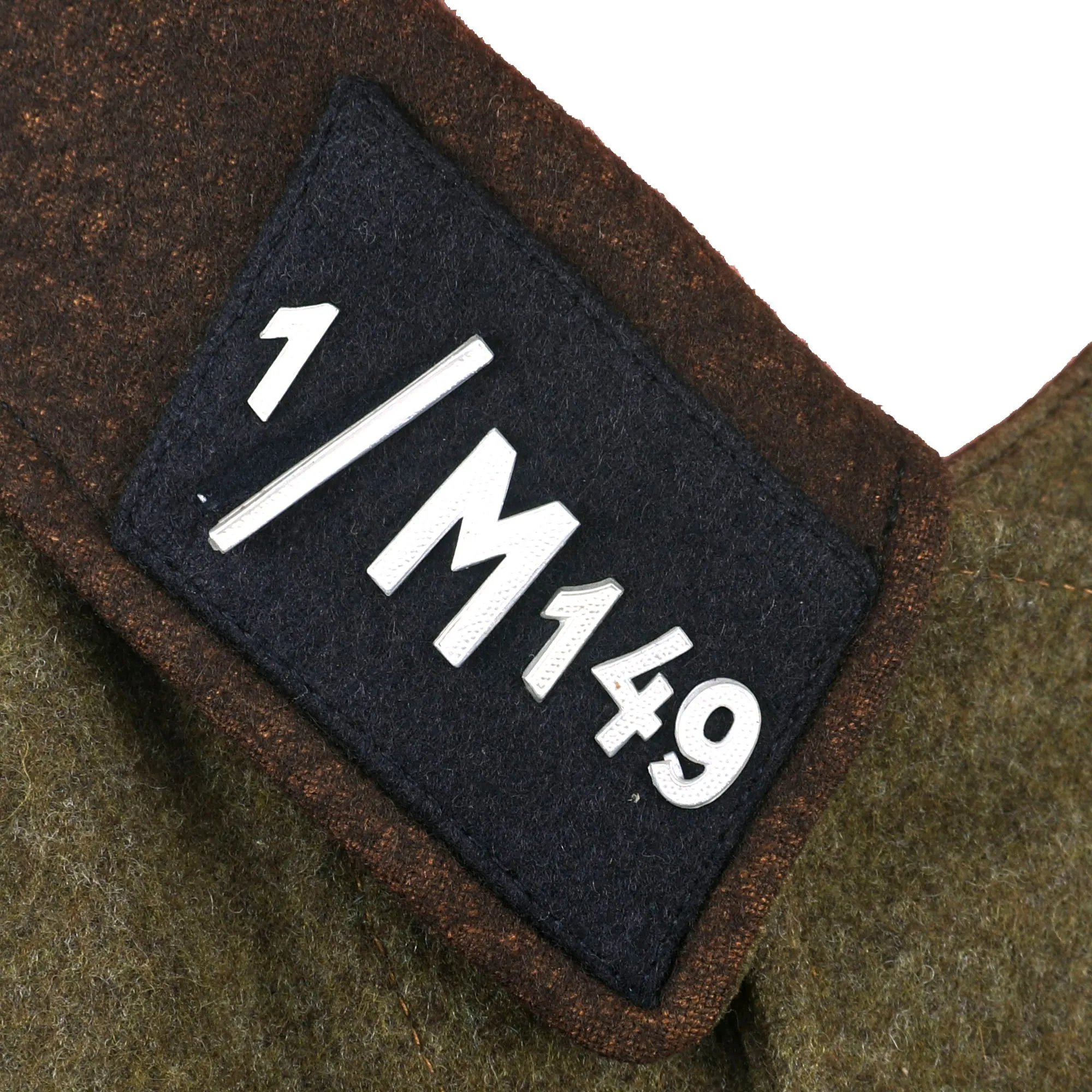
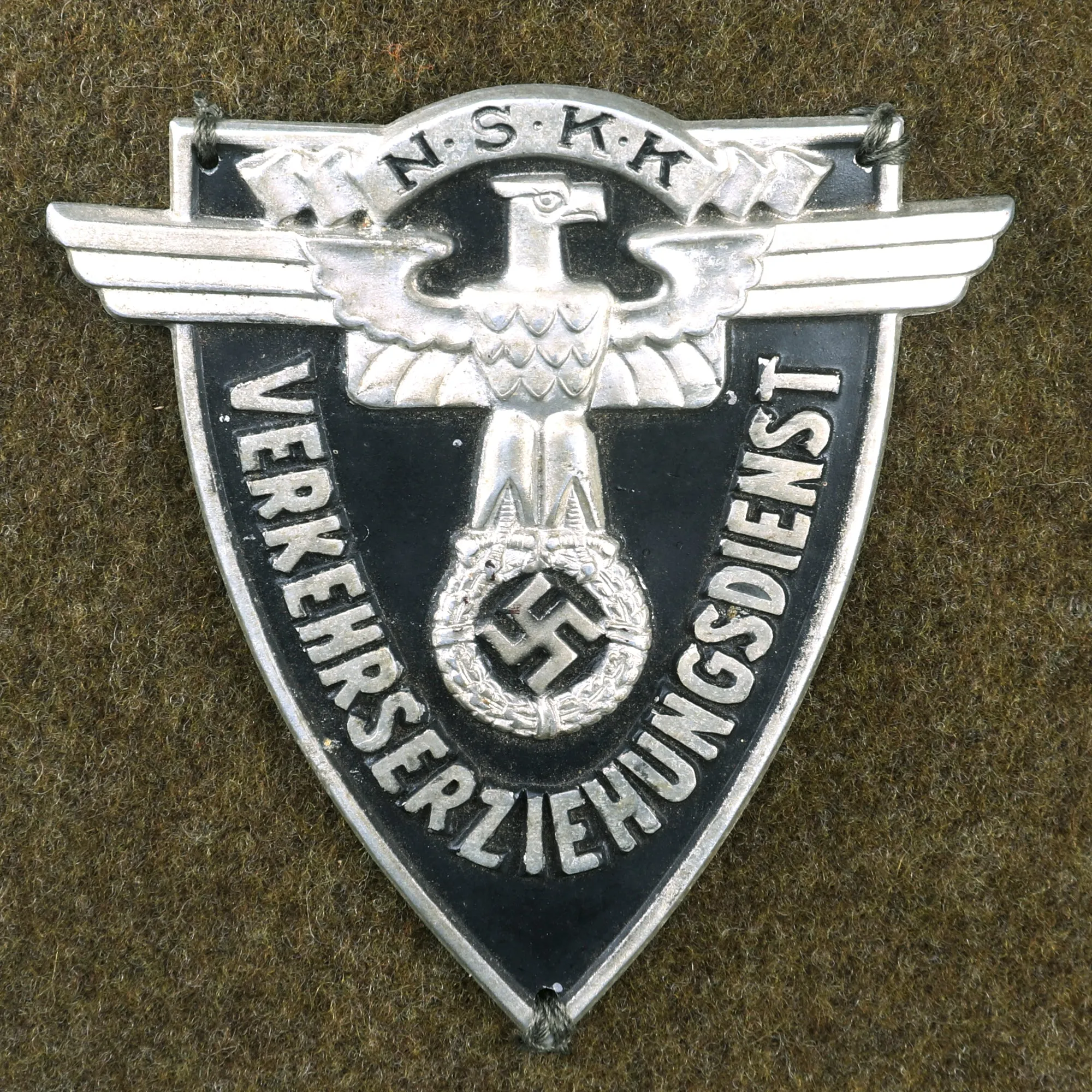
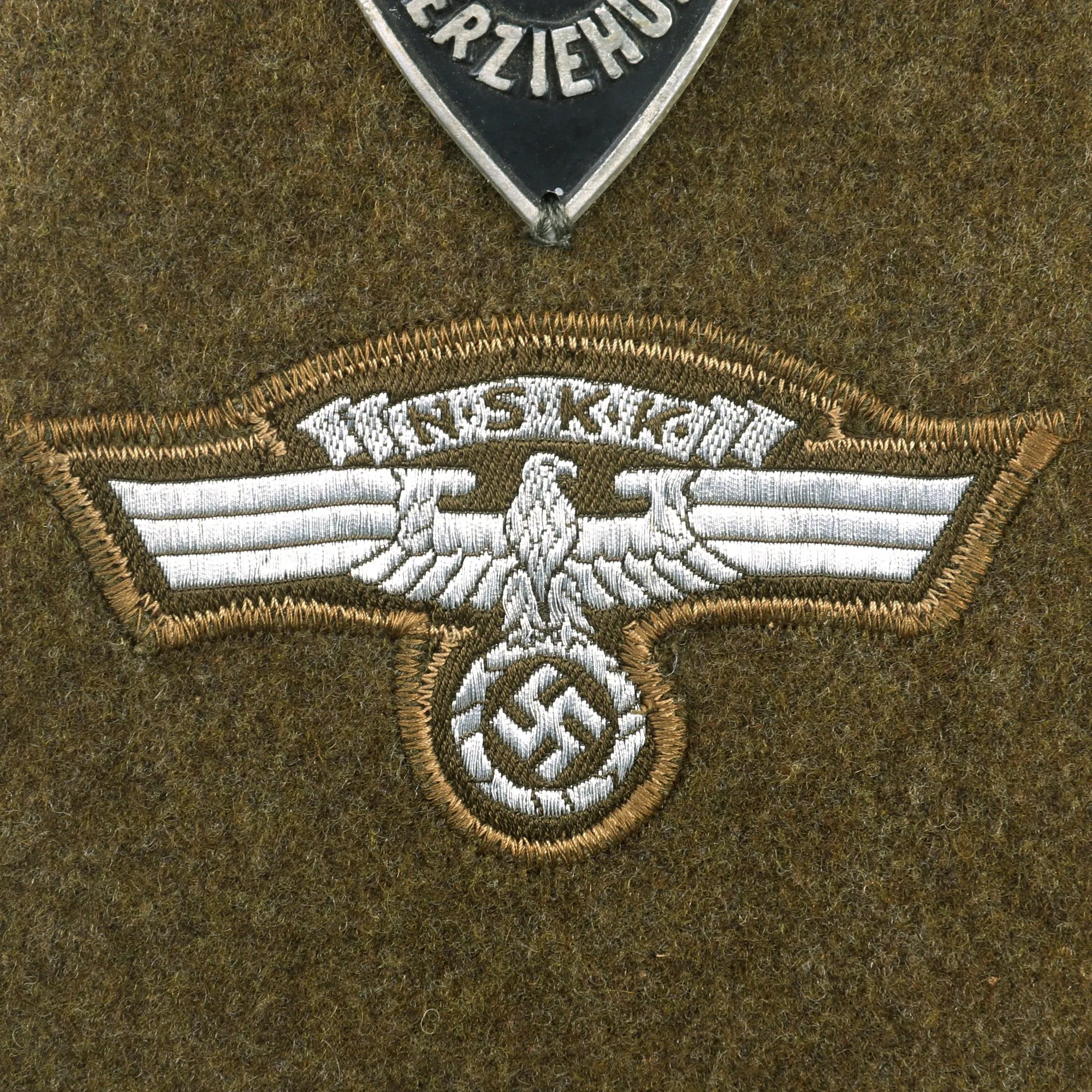
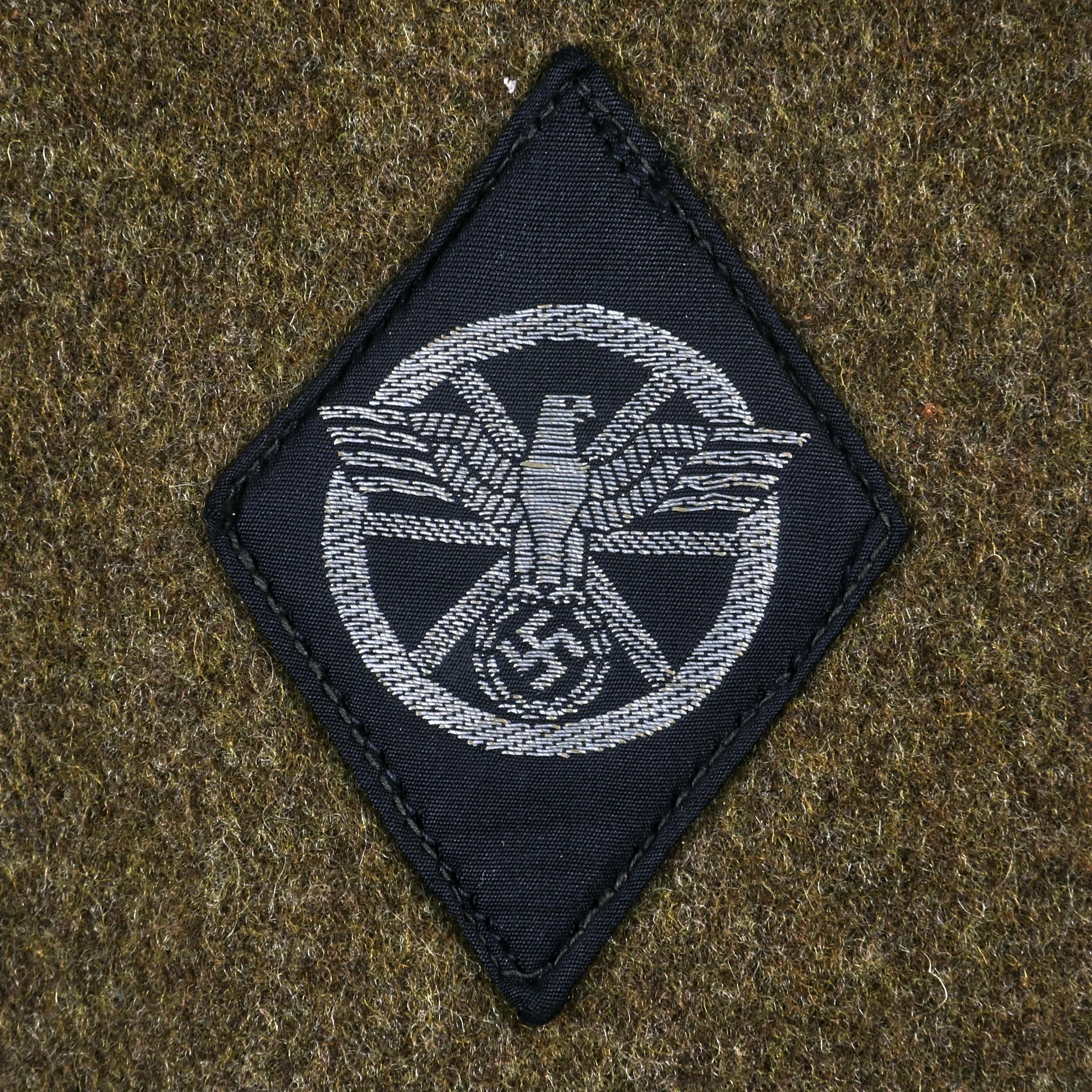
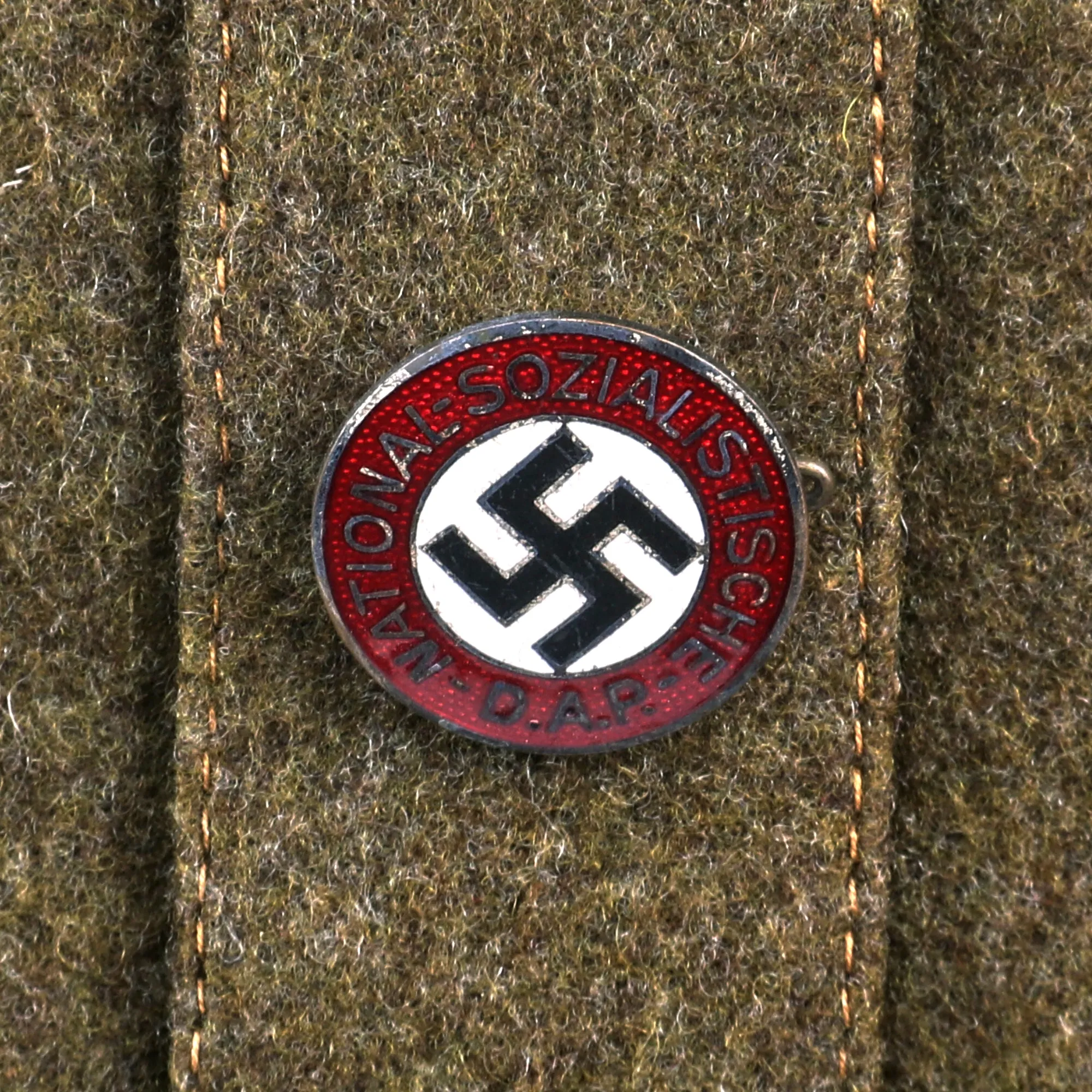
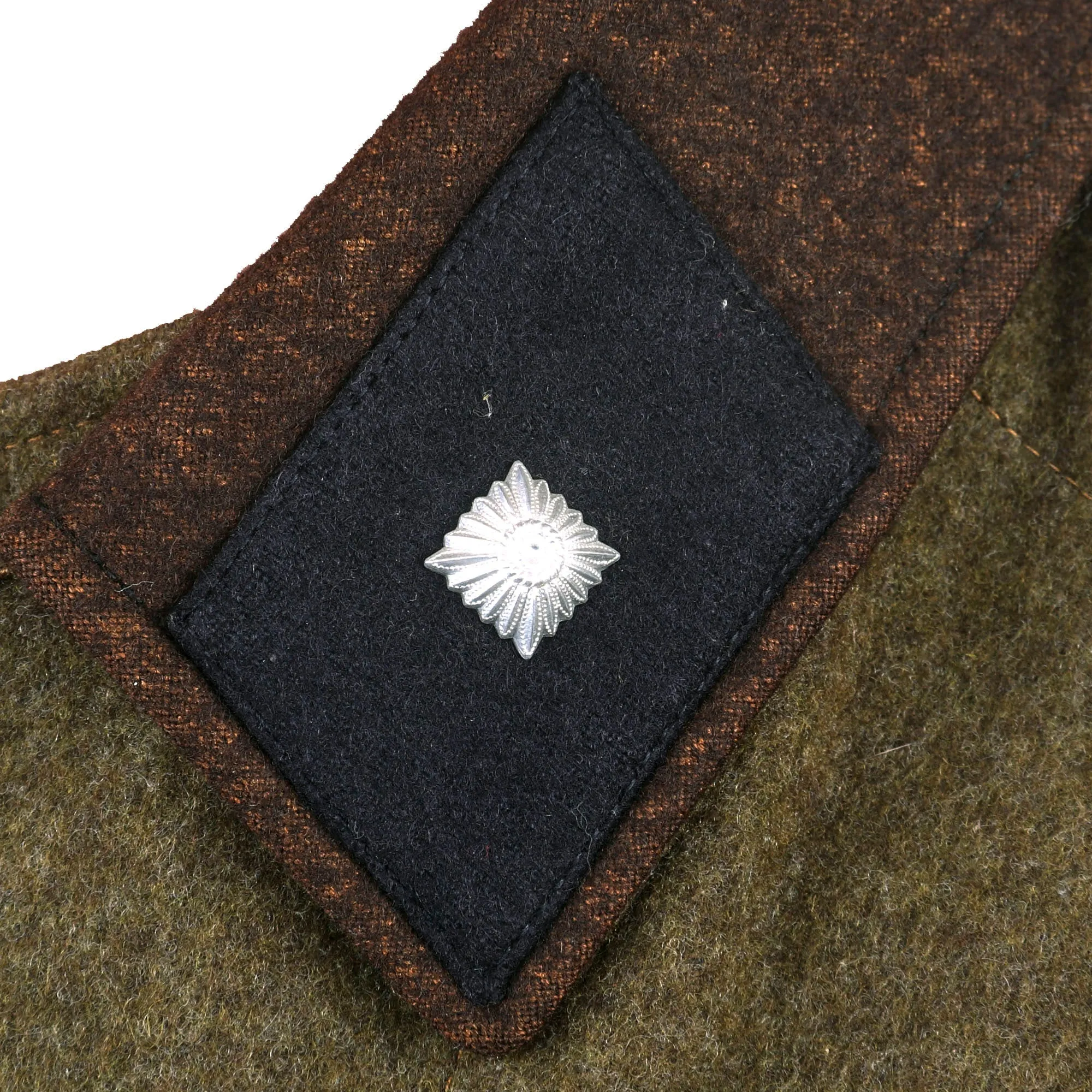
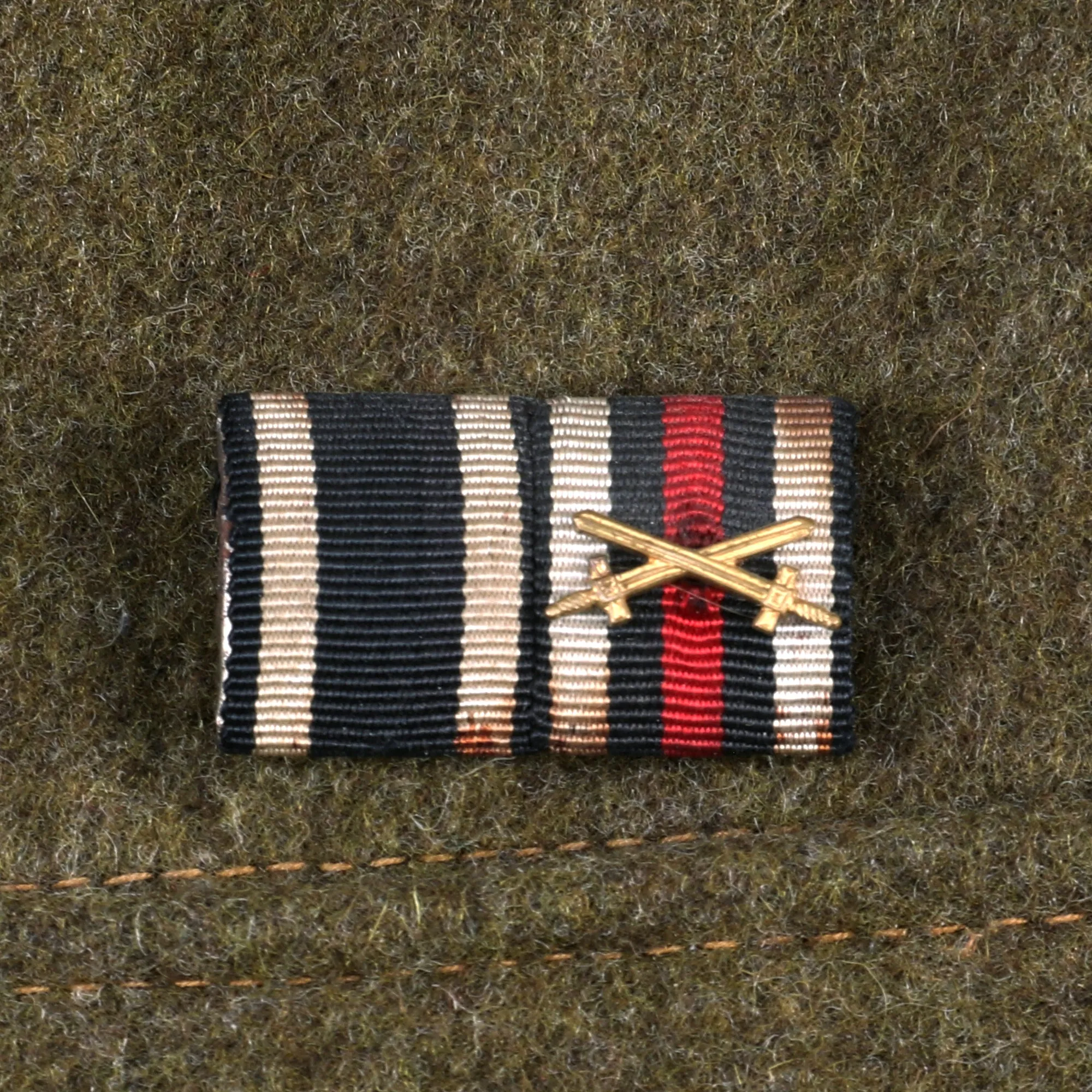
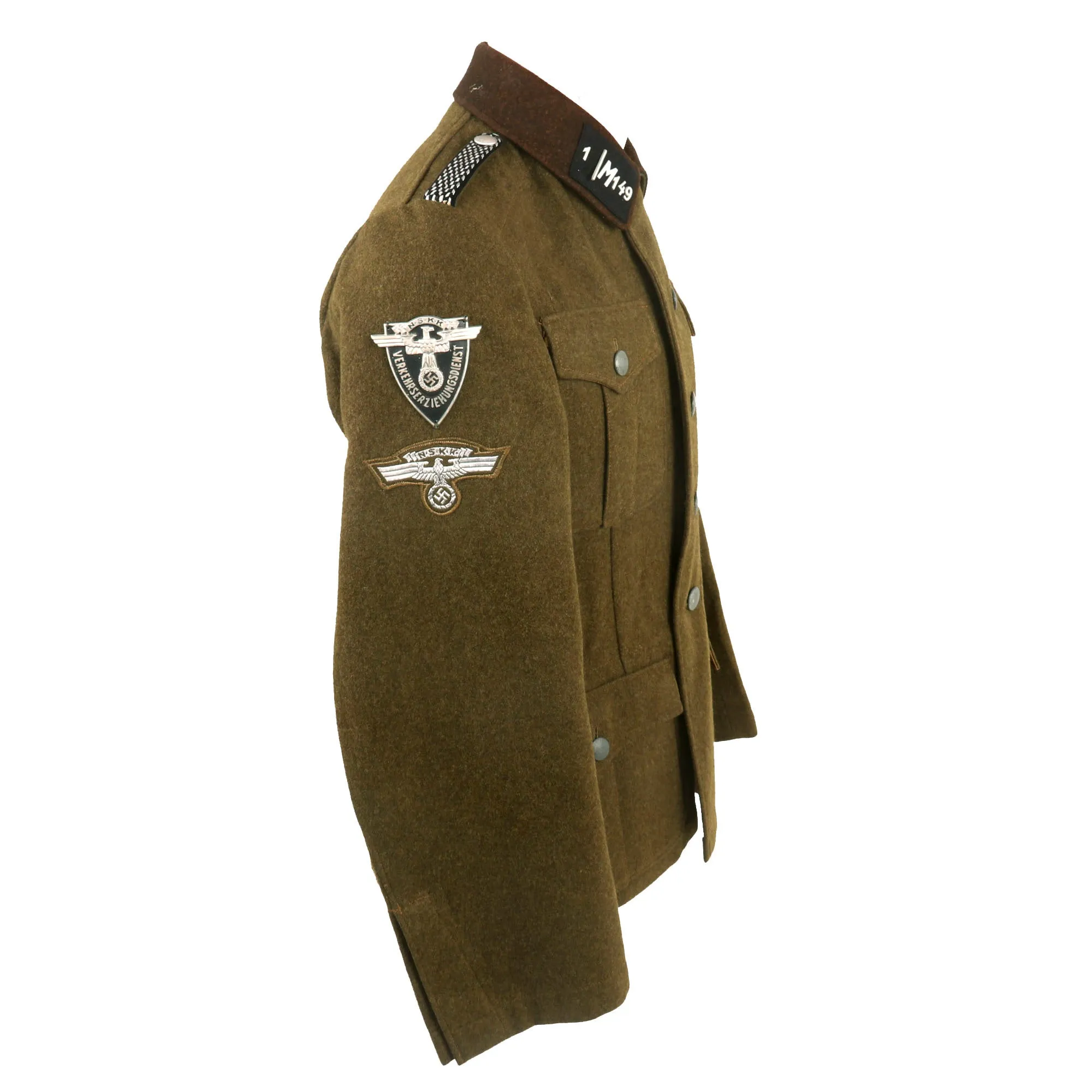
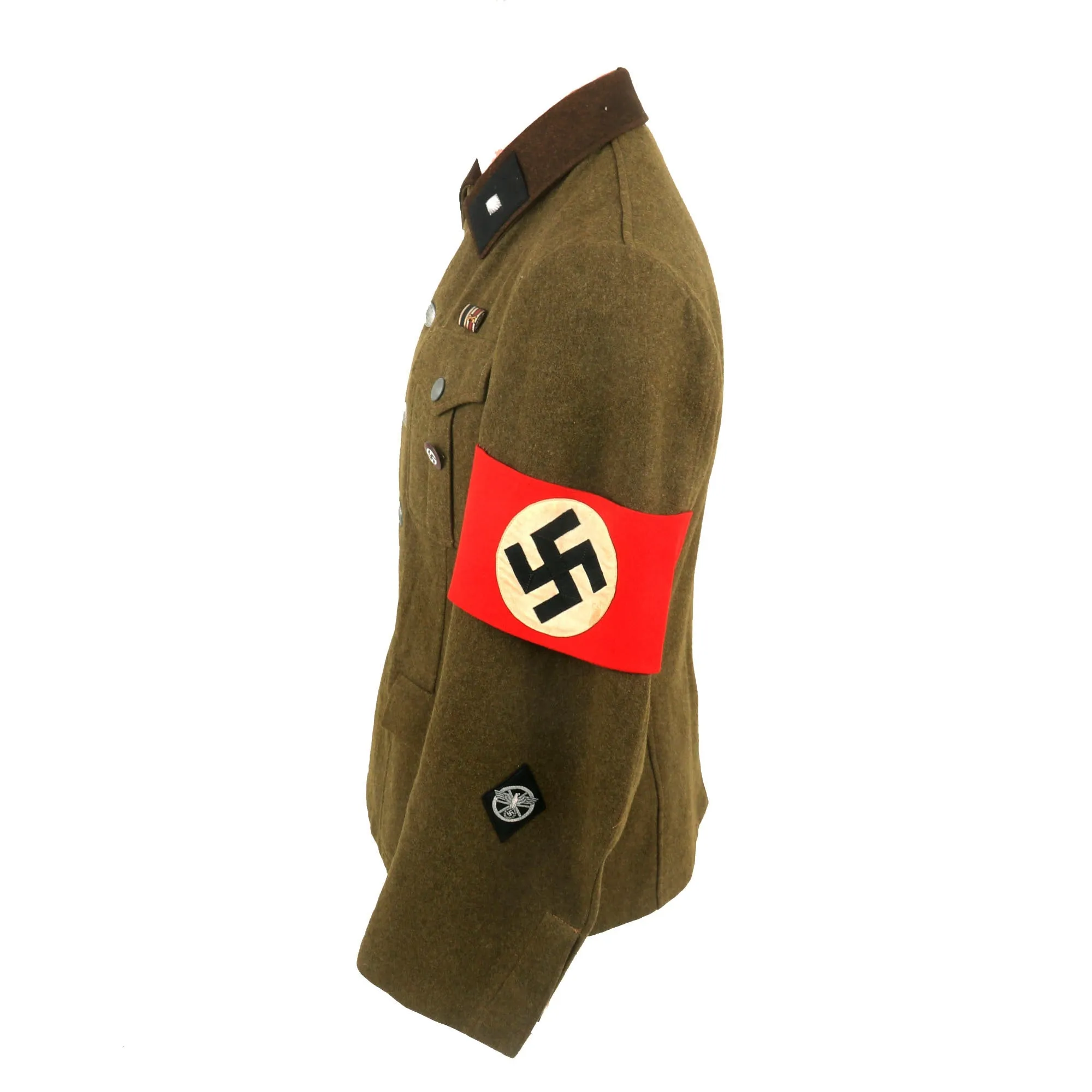
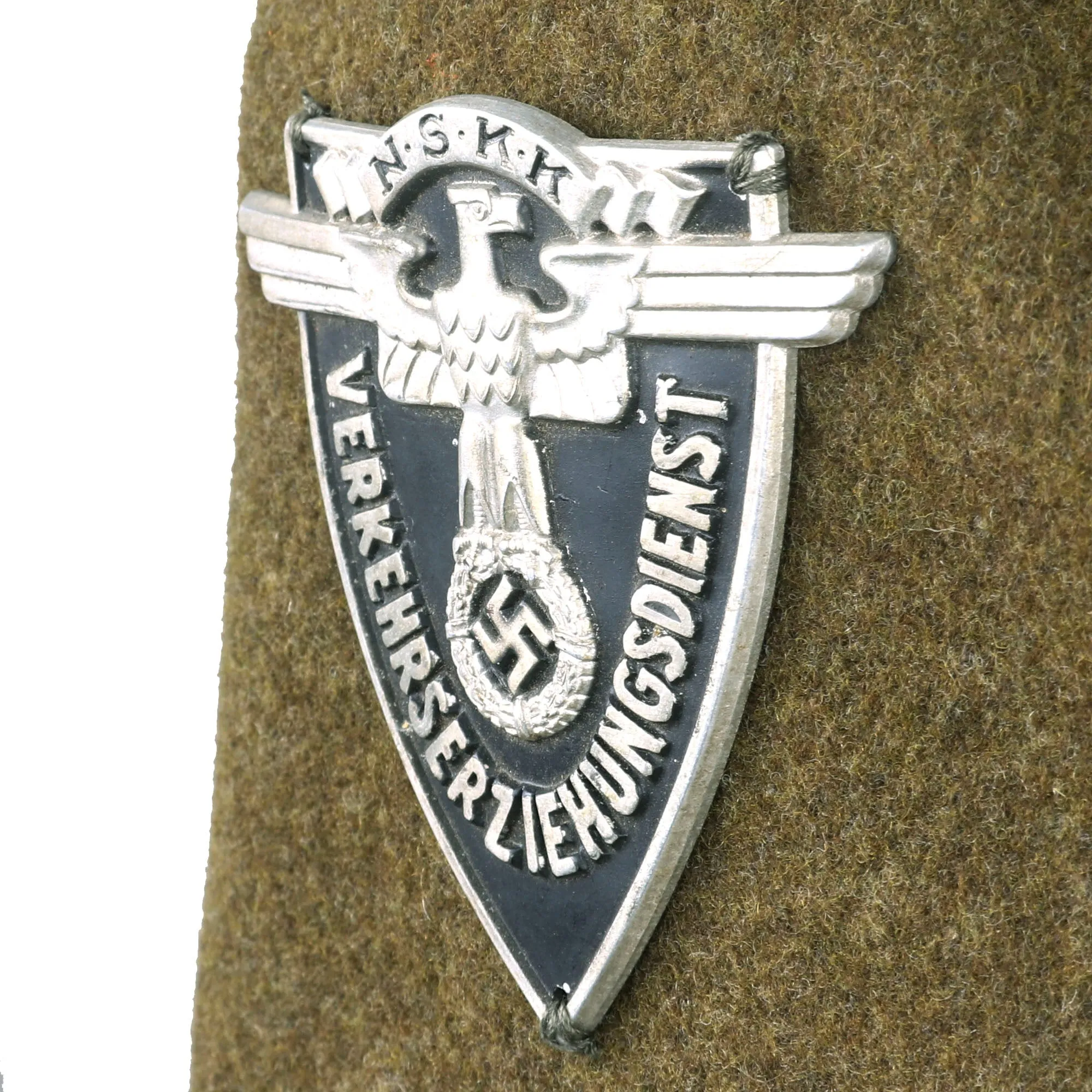
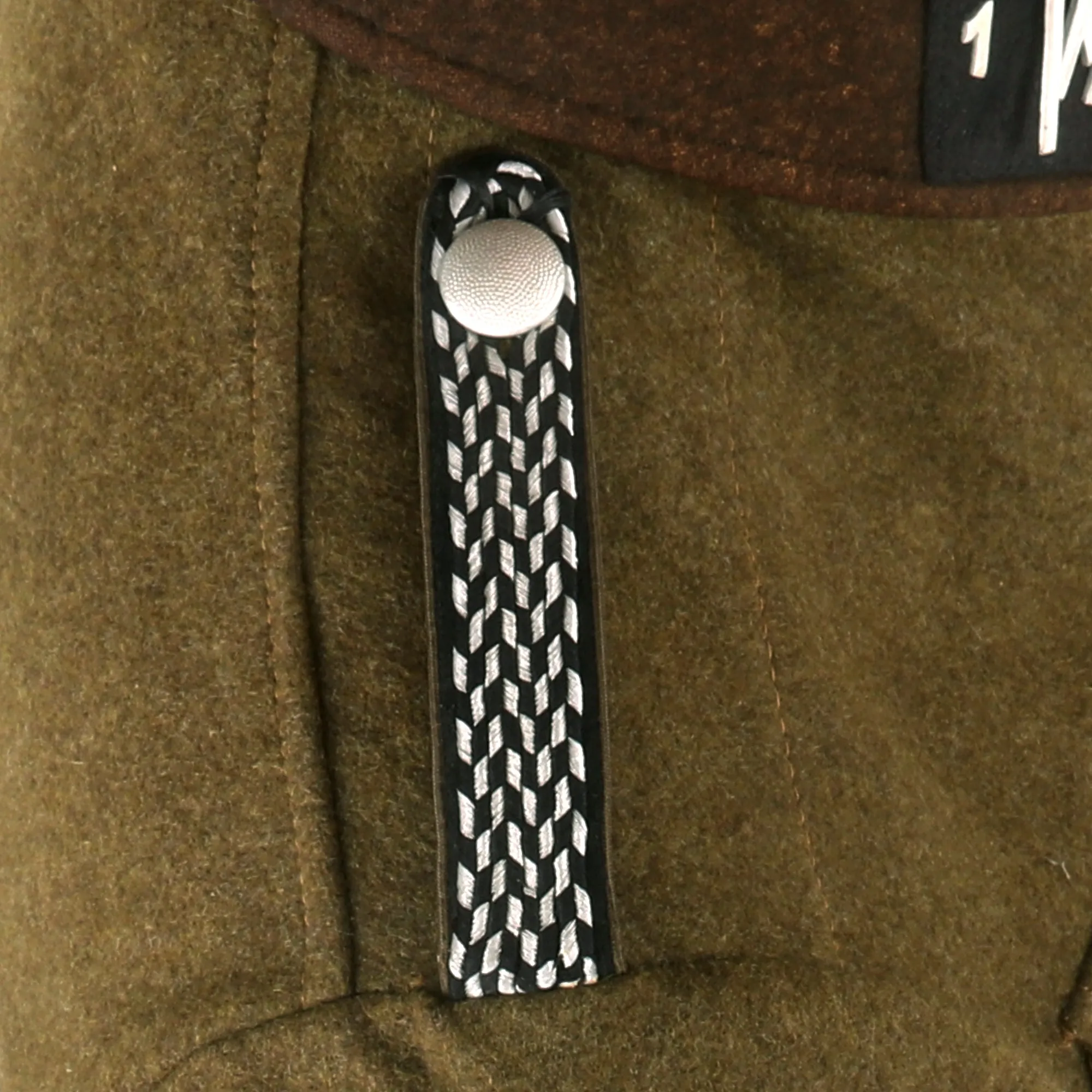
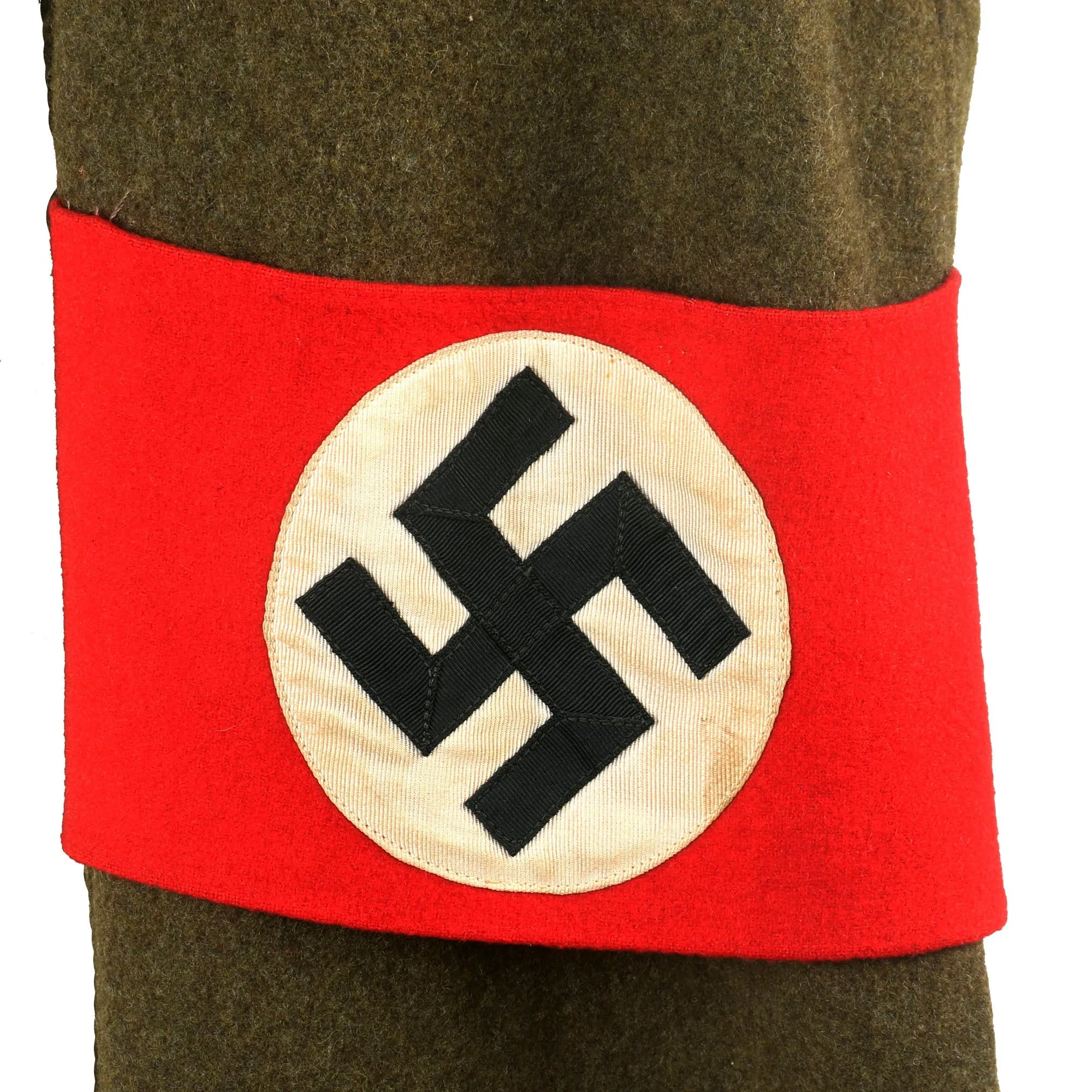
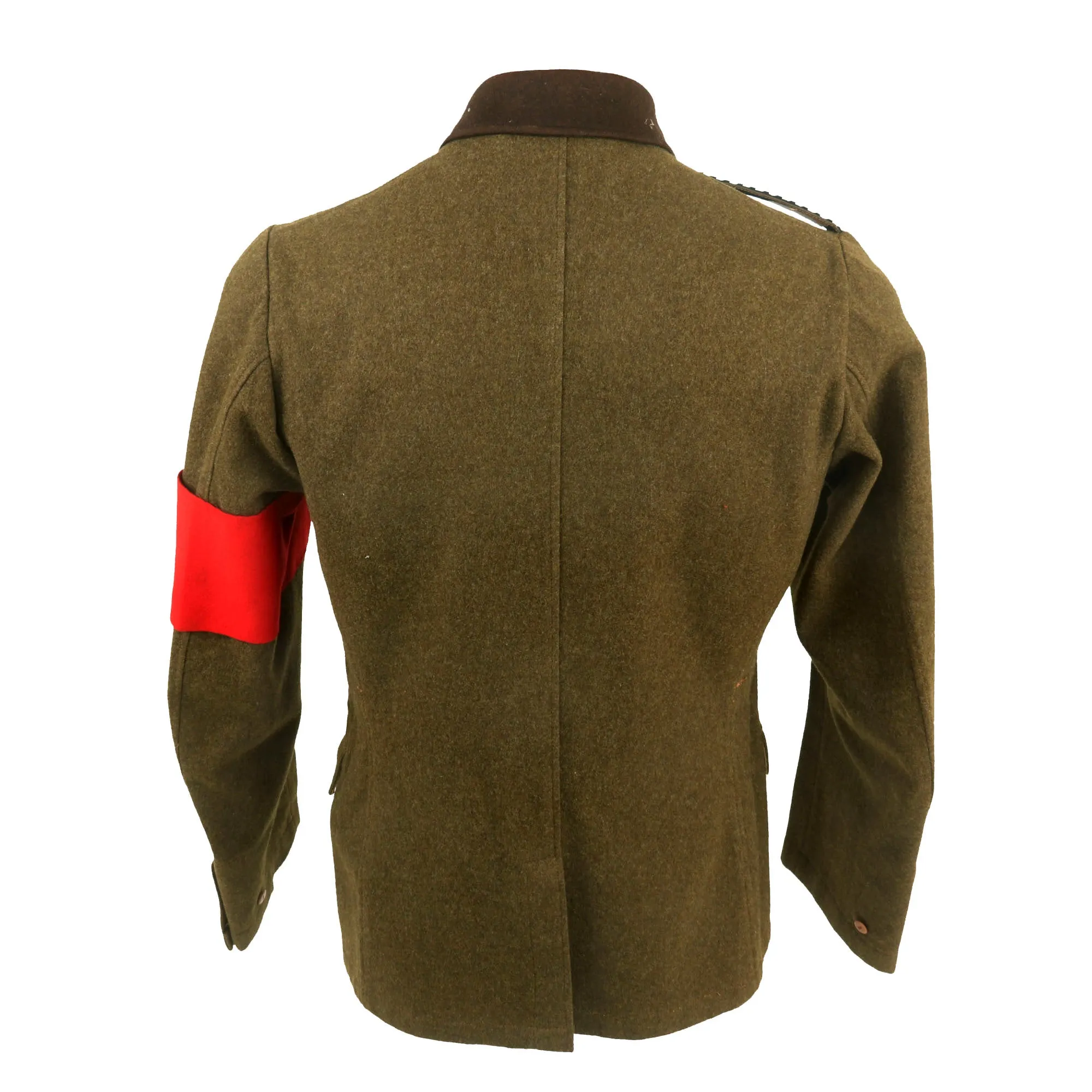
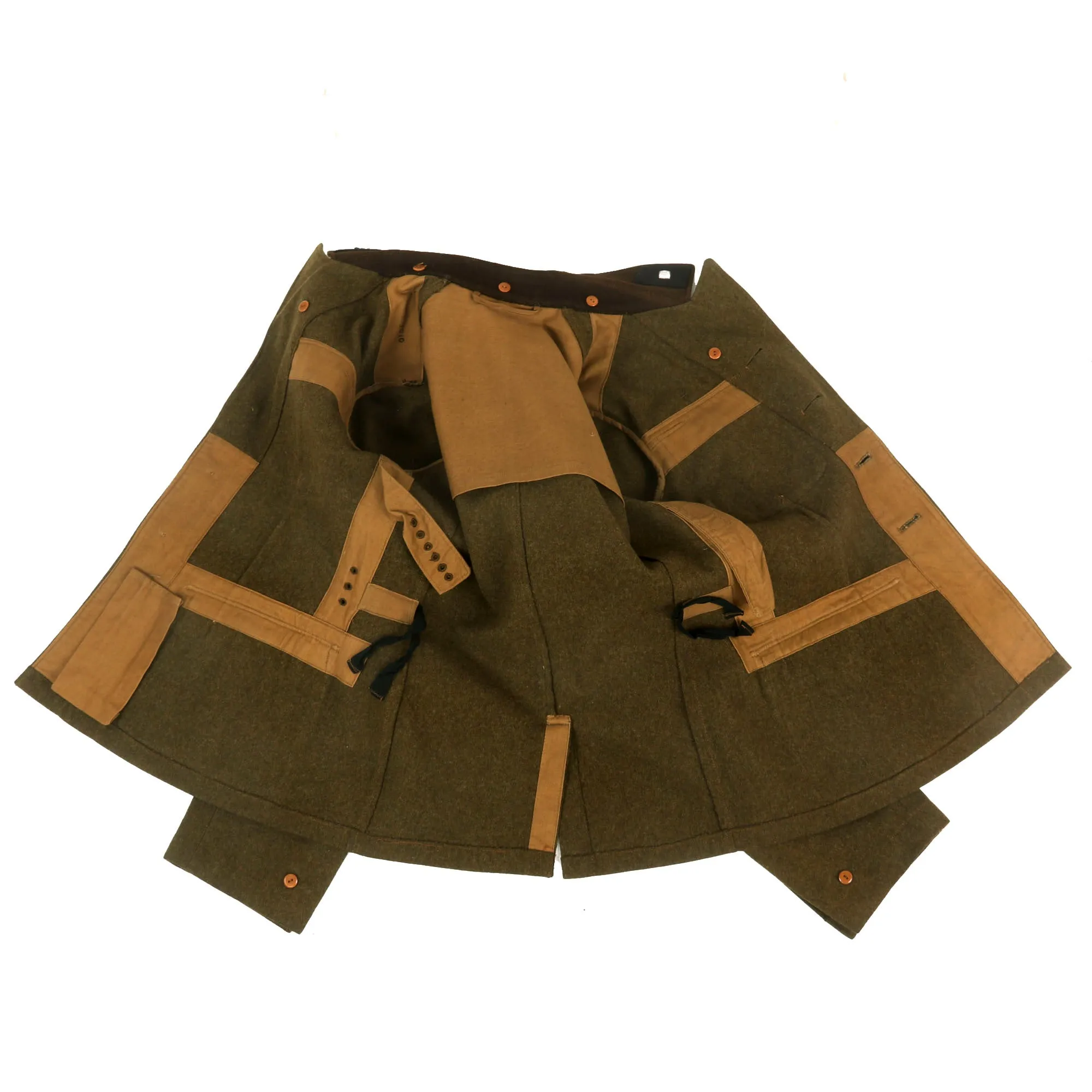
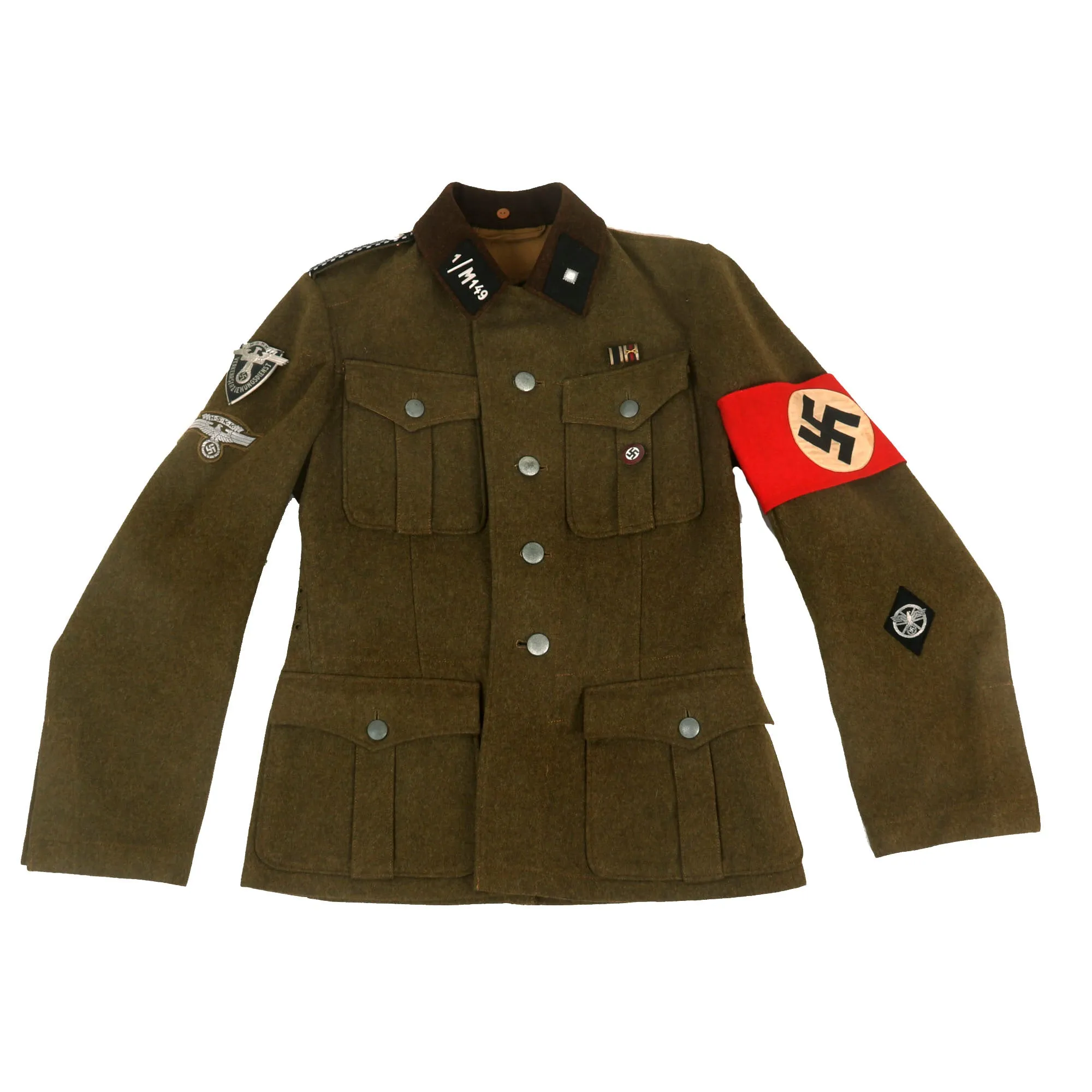
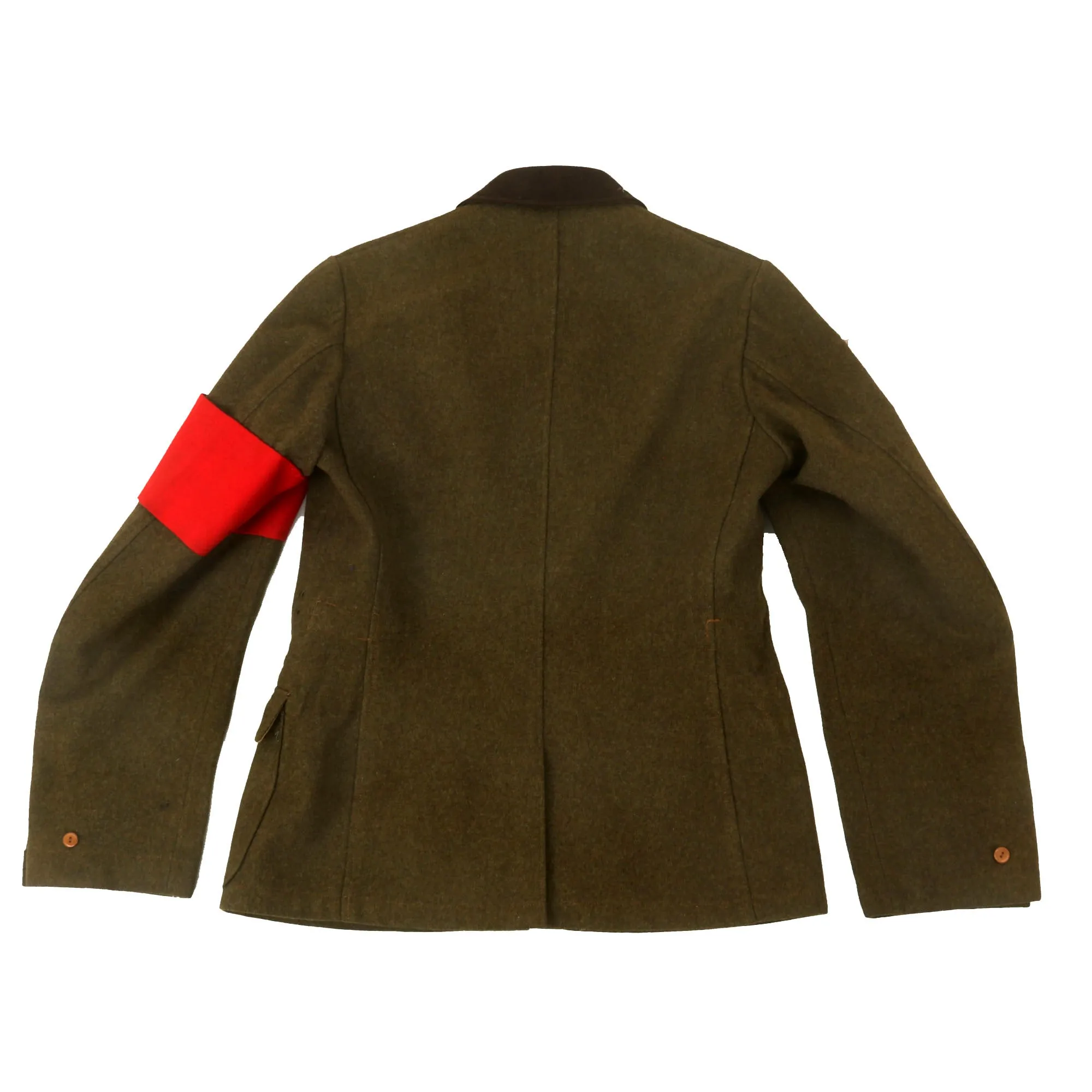
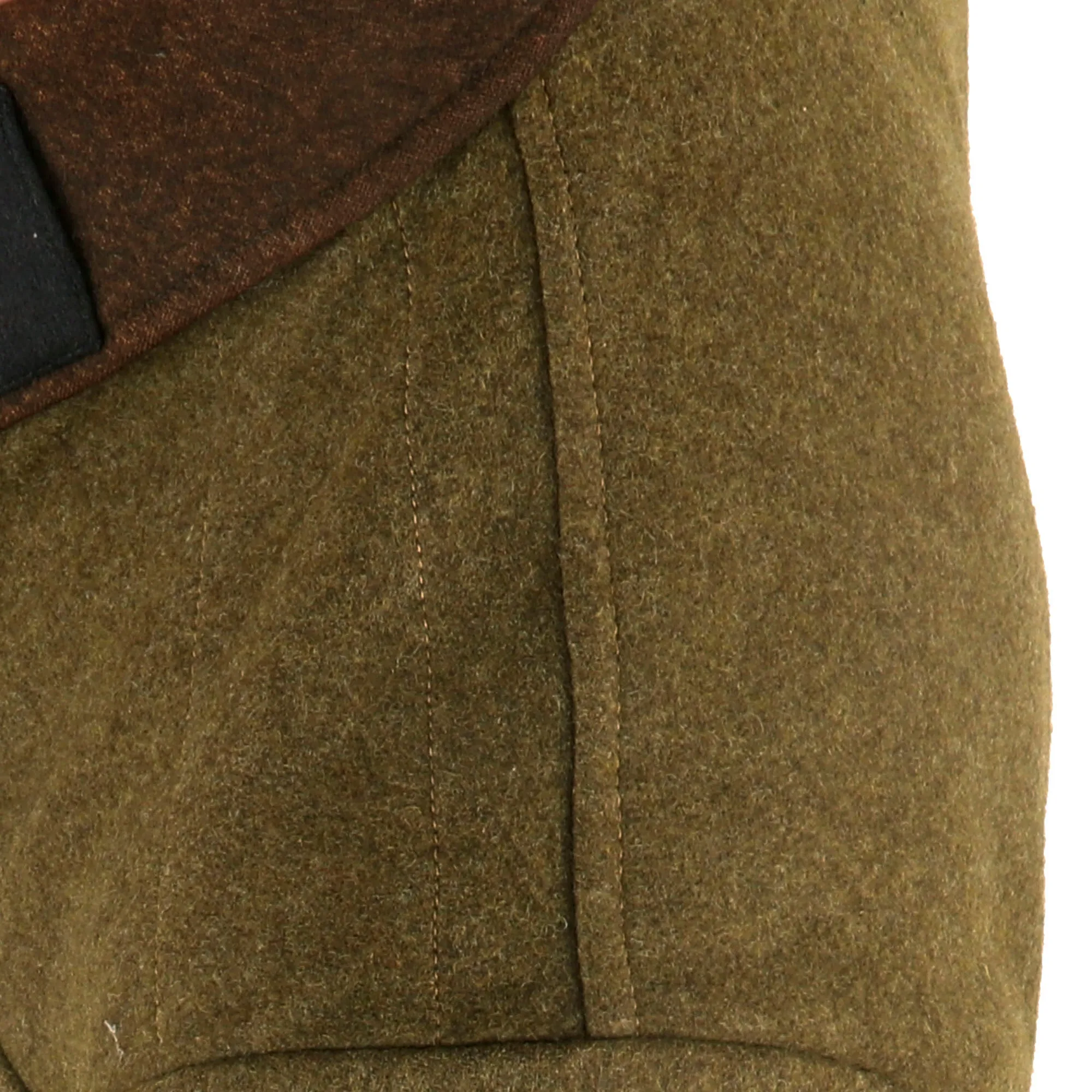


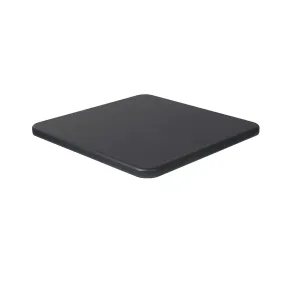
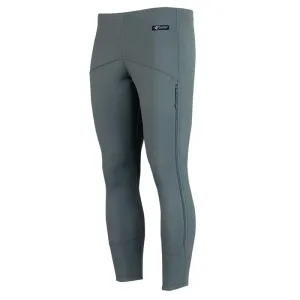



![Stearns Infant Heads-Up Nylon Vest Life Jacket - Up to 30lbs - Green [2000013194] Stearns Infant Heads-Up Nylon Vest Life Jacket - Up to 30lbs - Green [2000013194]](https://www.wintervibm.shop/image/stearns-infant-heads-up-nylon-vest-life-jacket-up-to-30lbs-green-2000013194_ADJ4D6_285x.webp)

